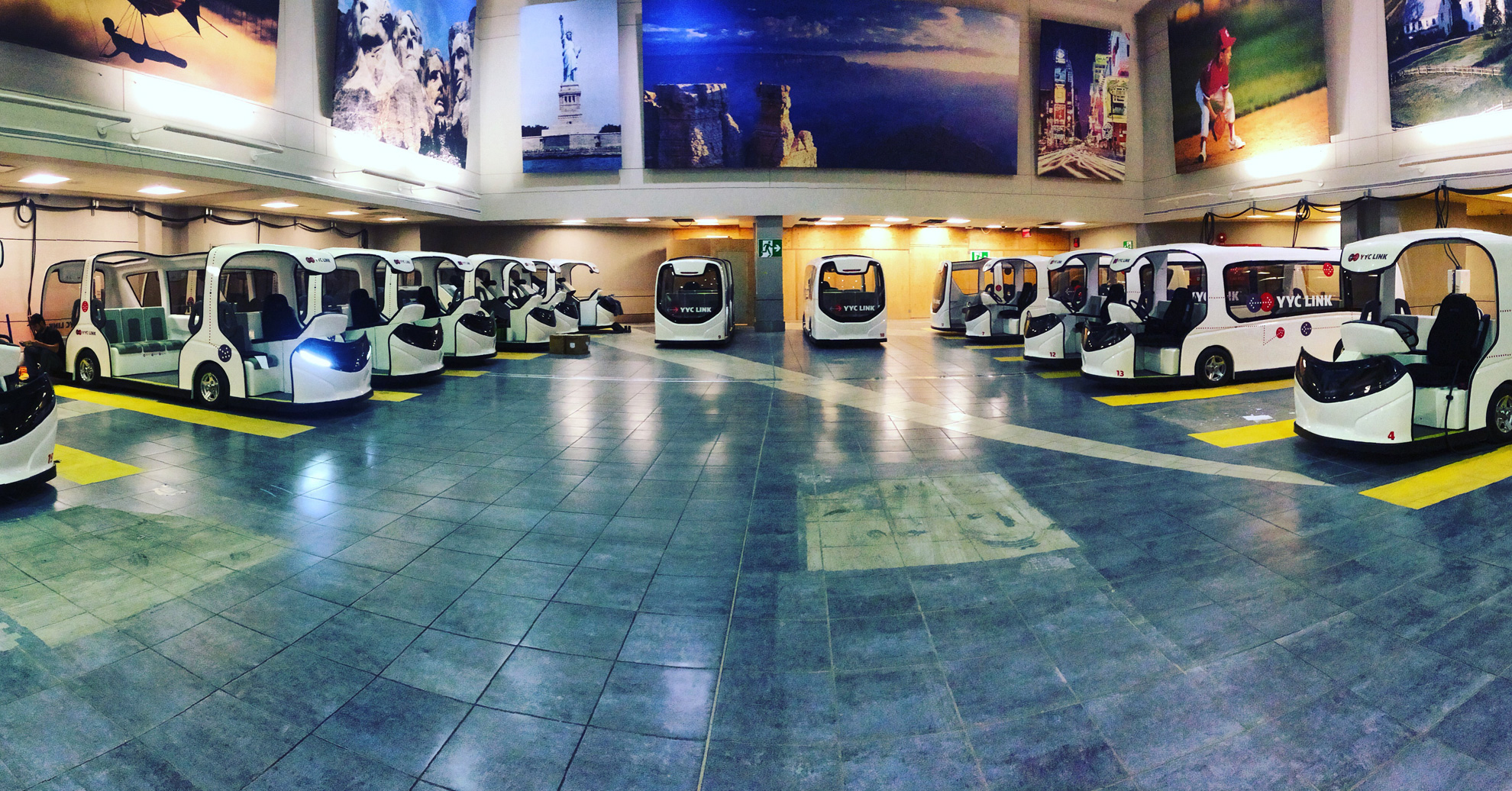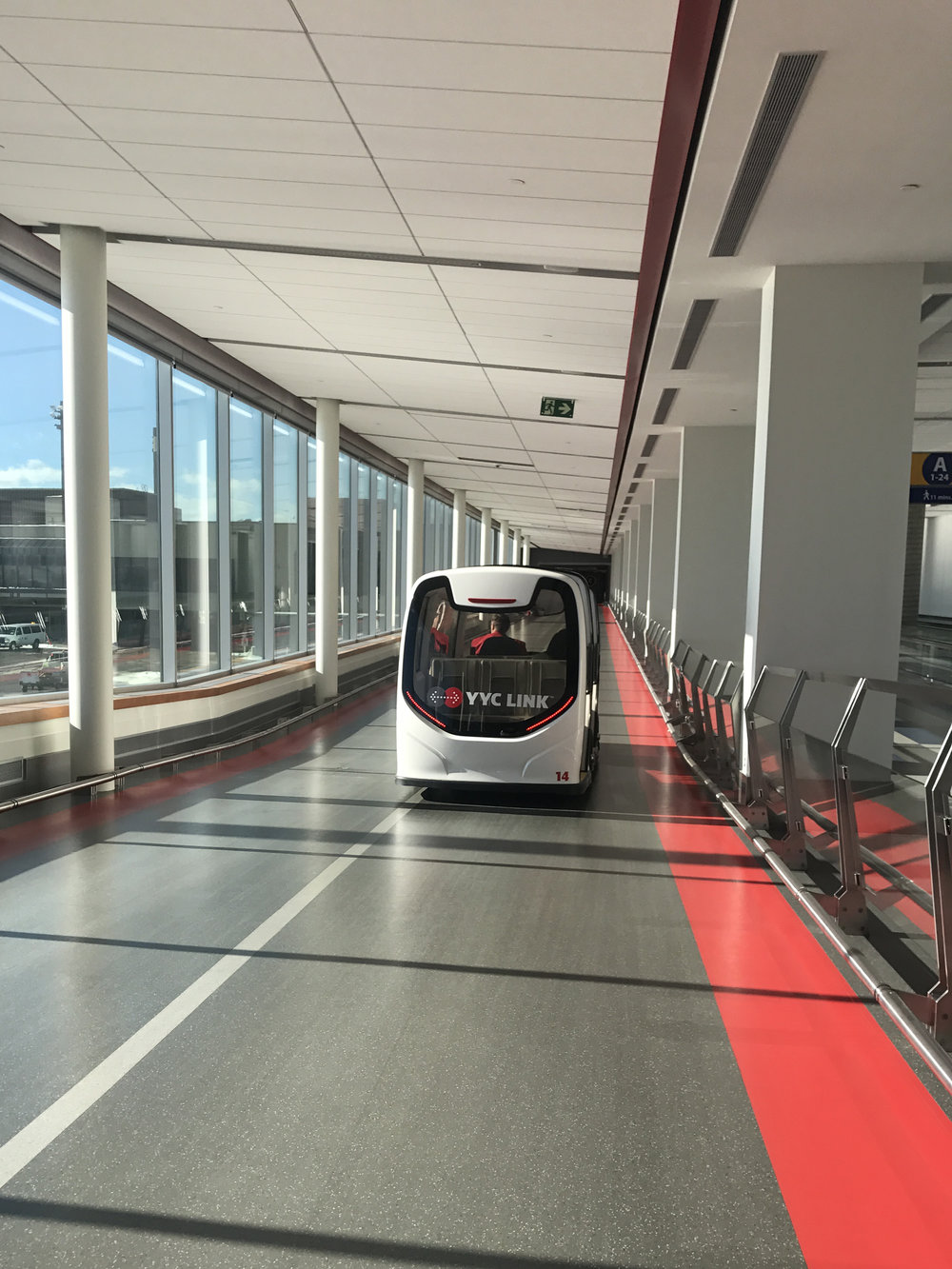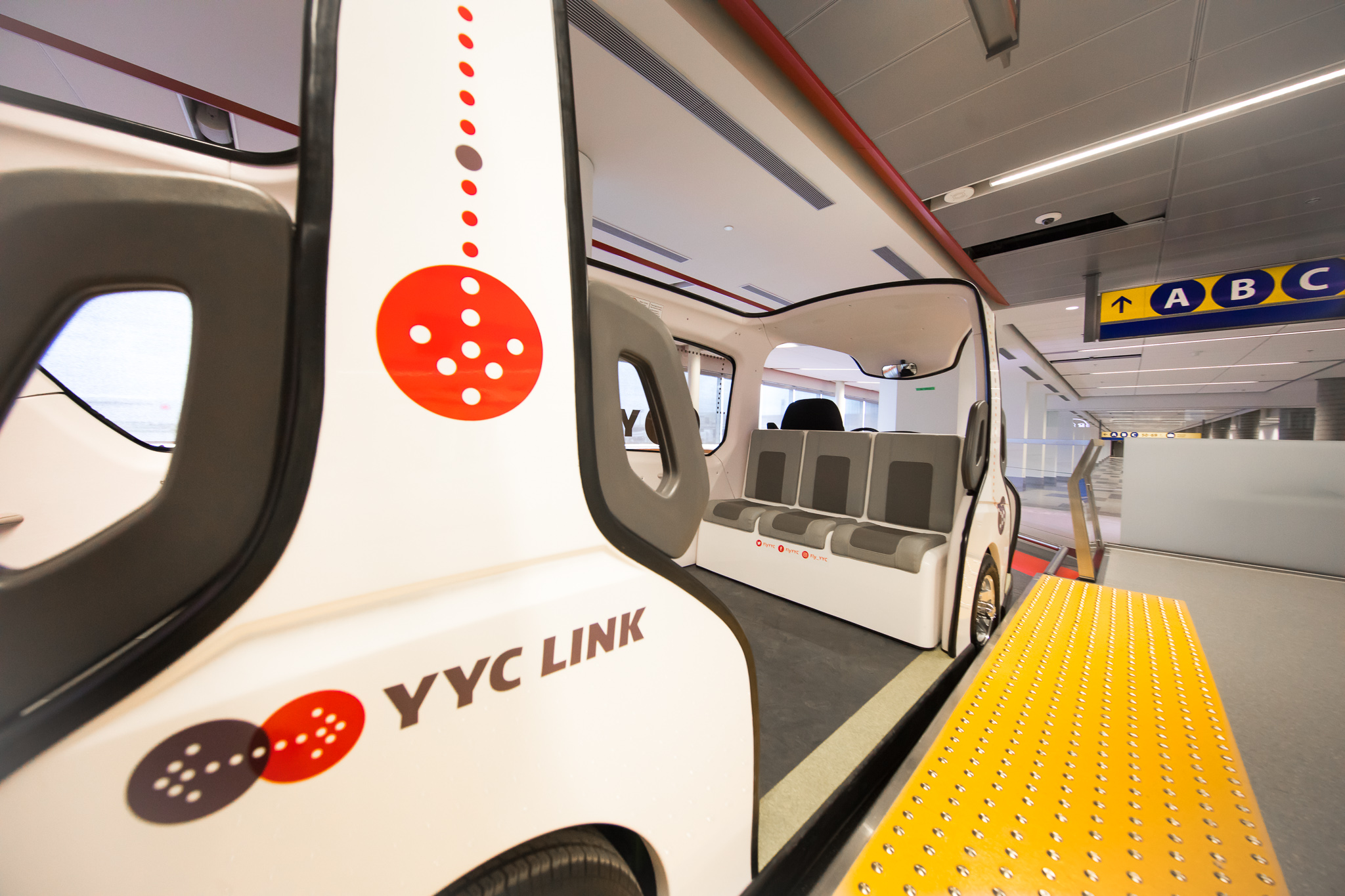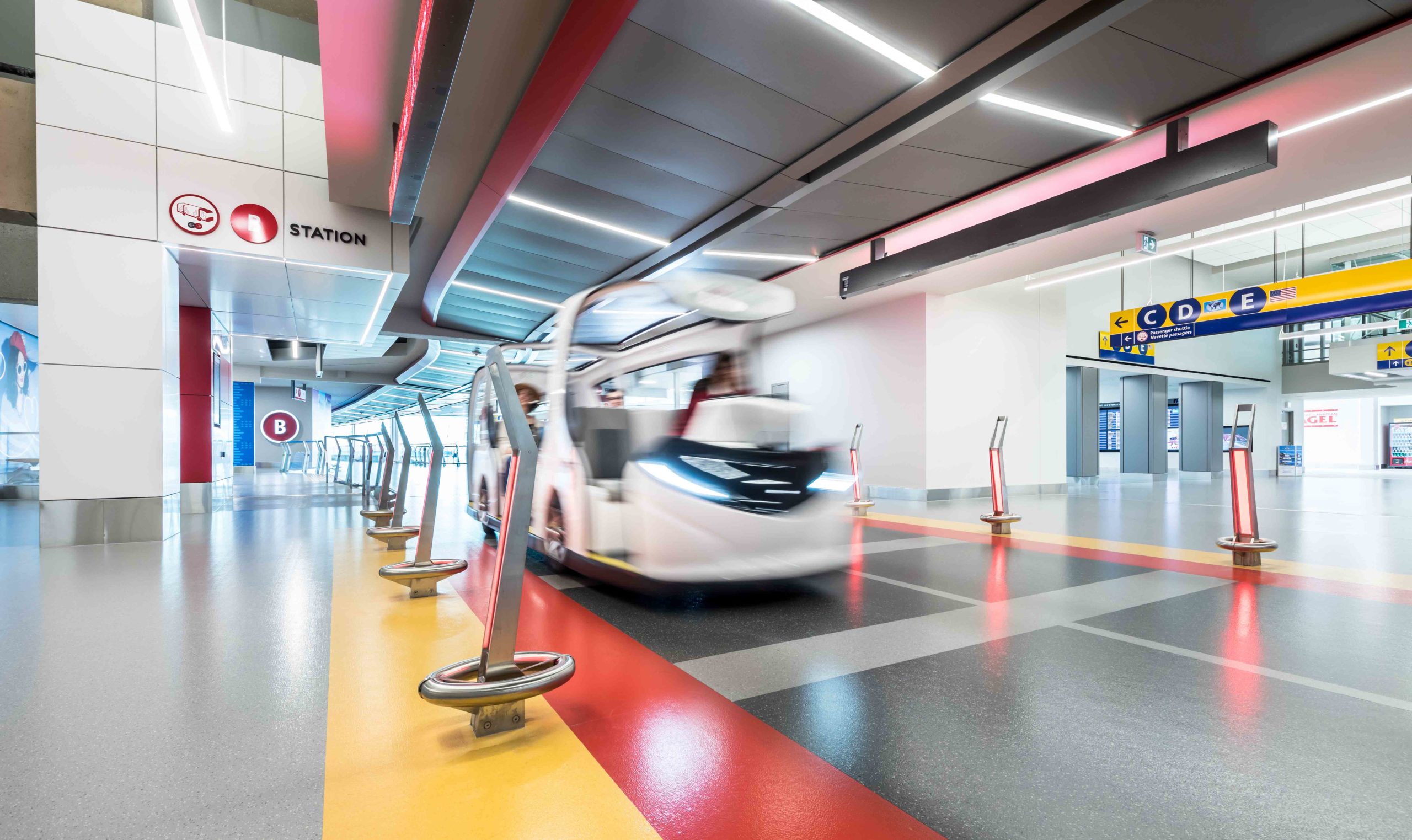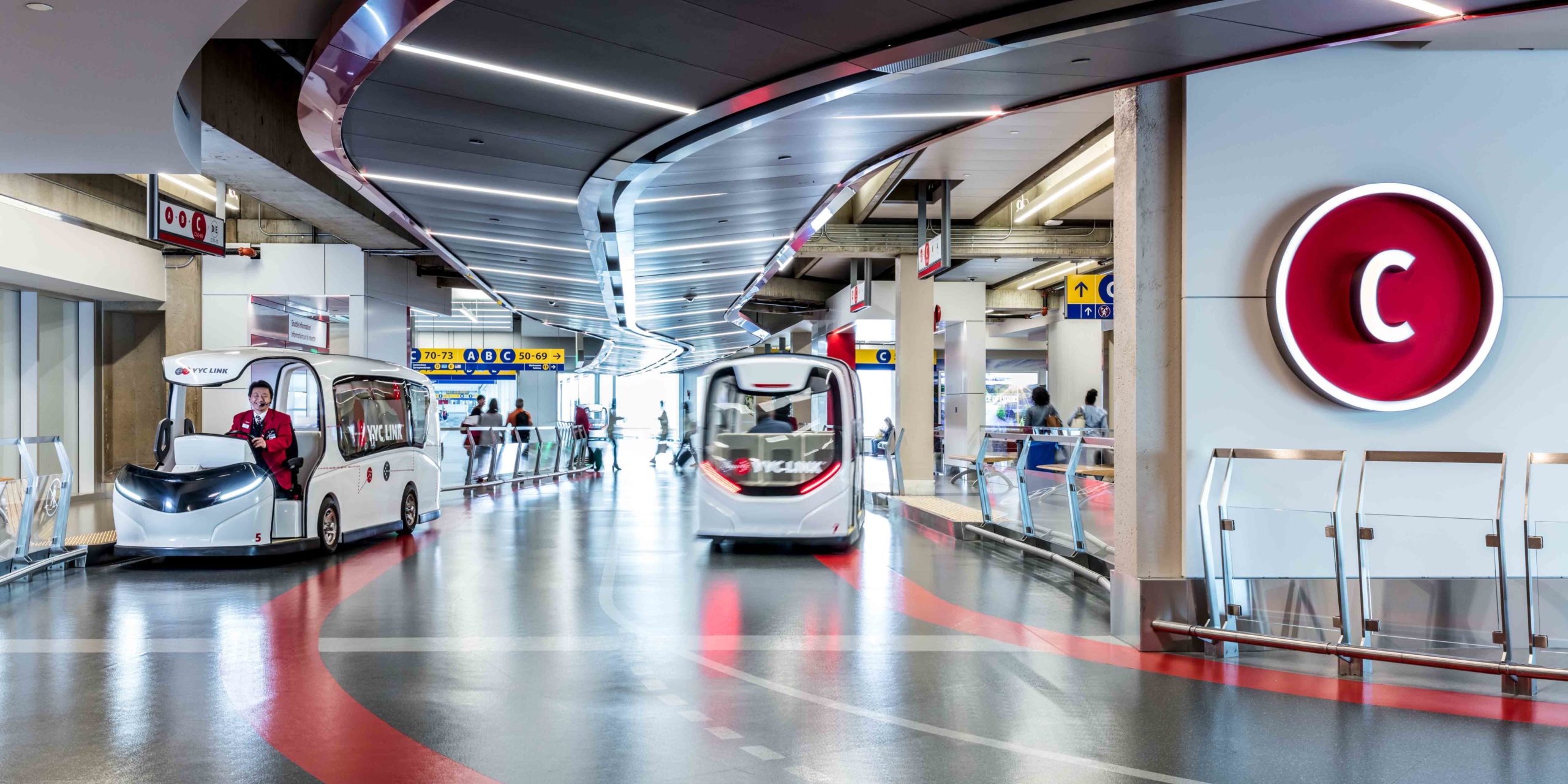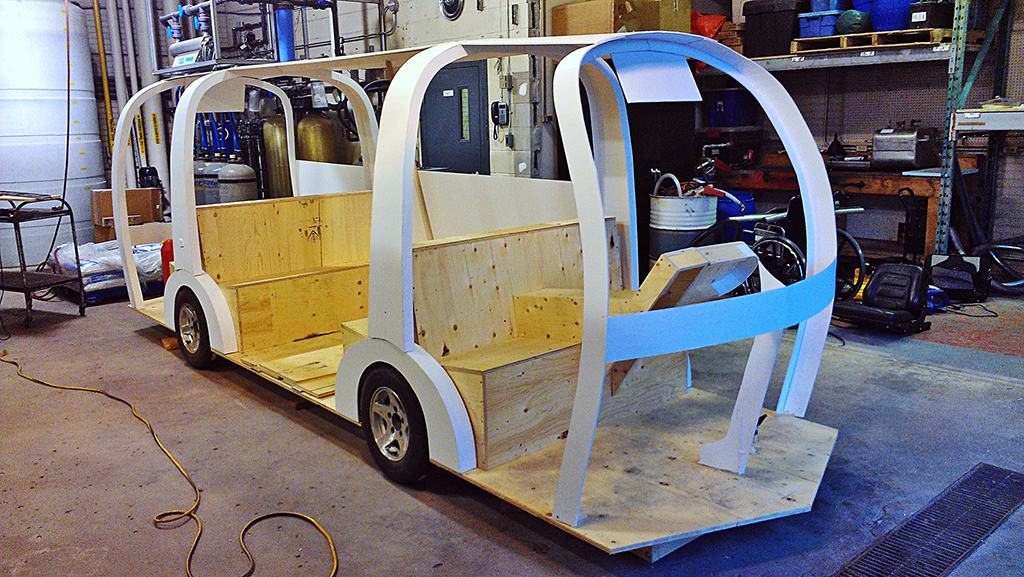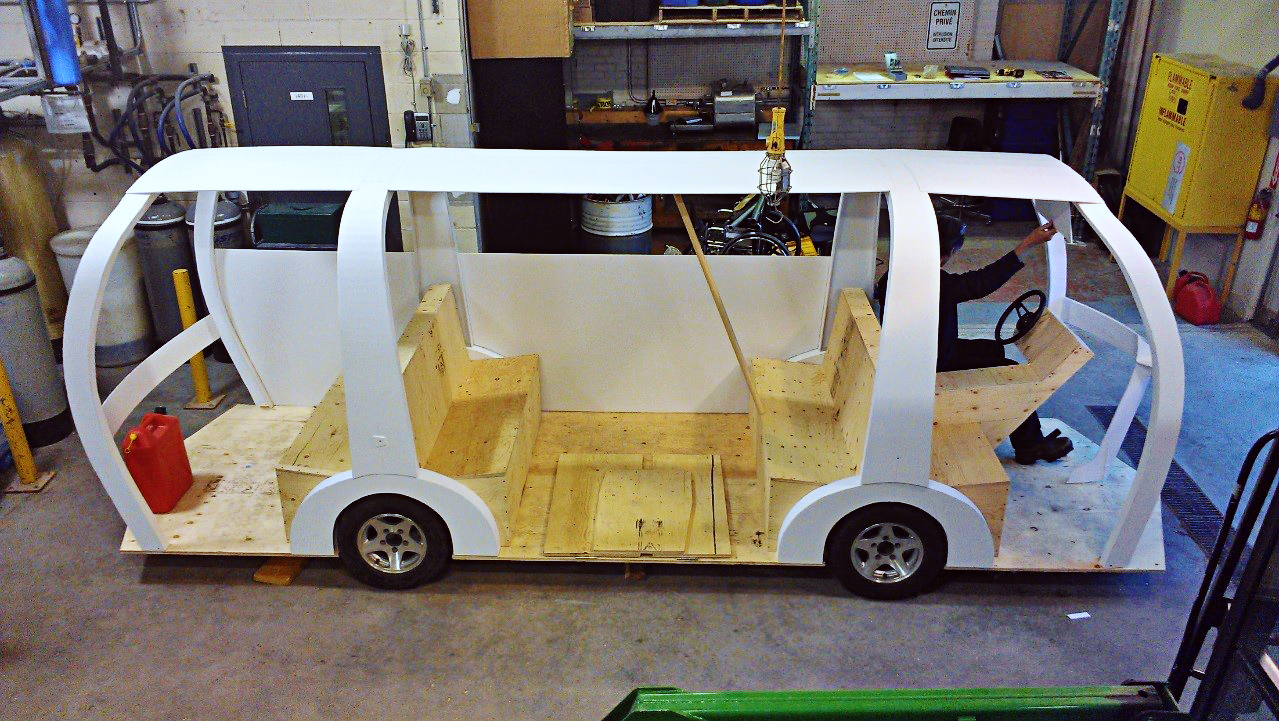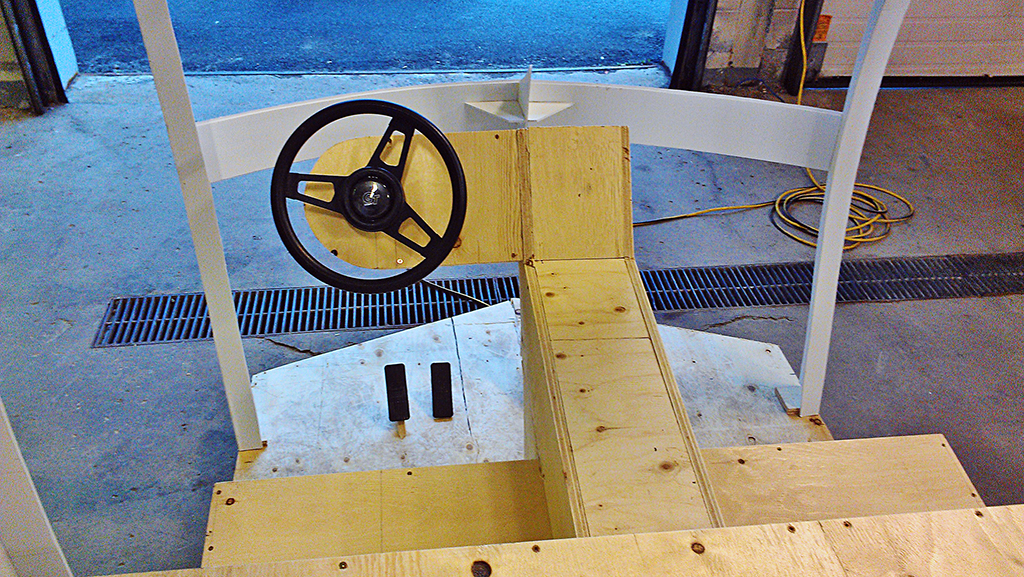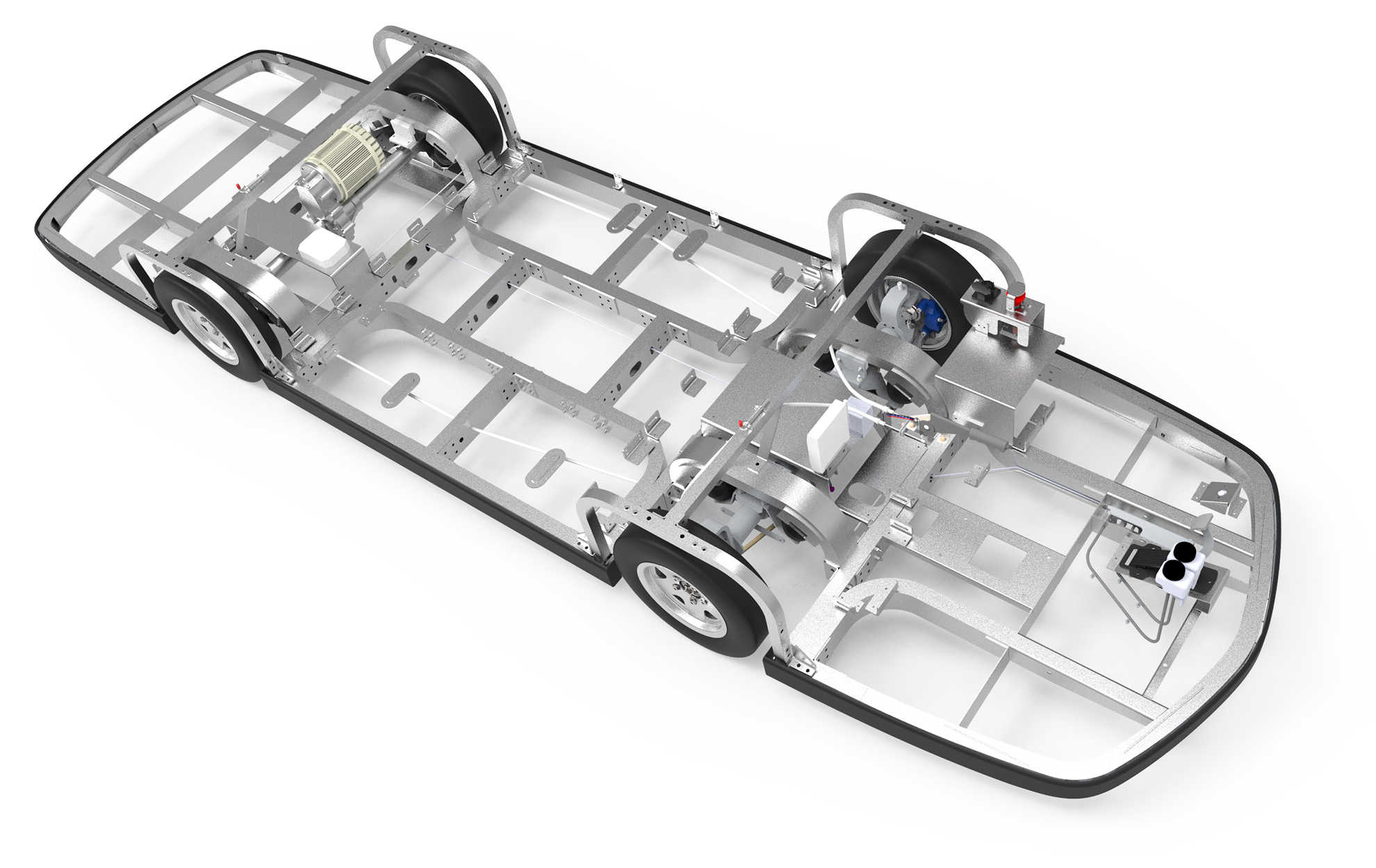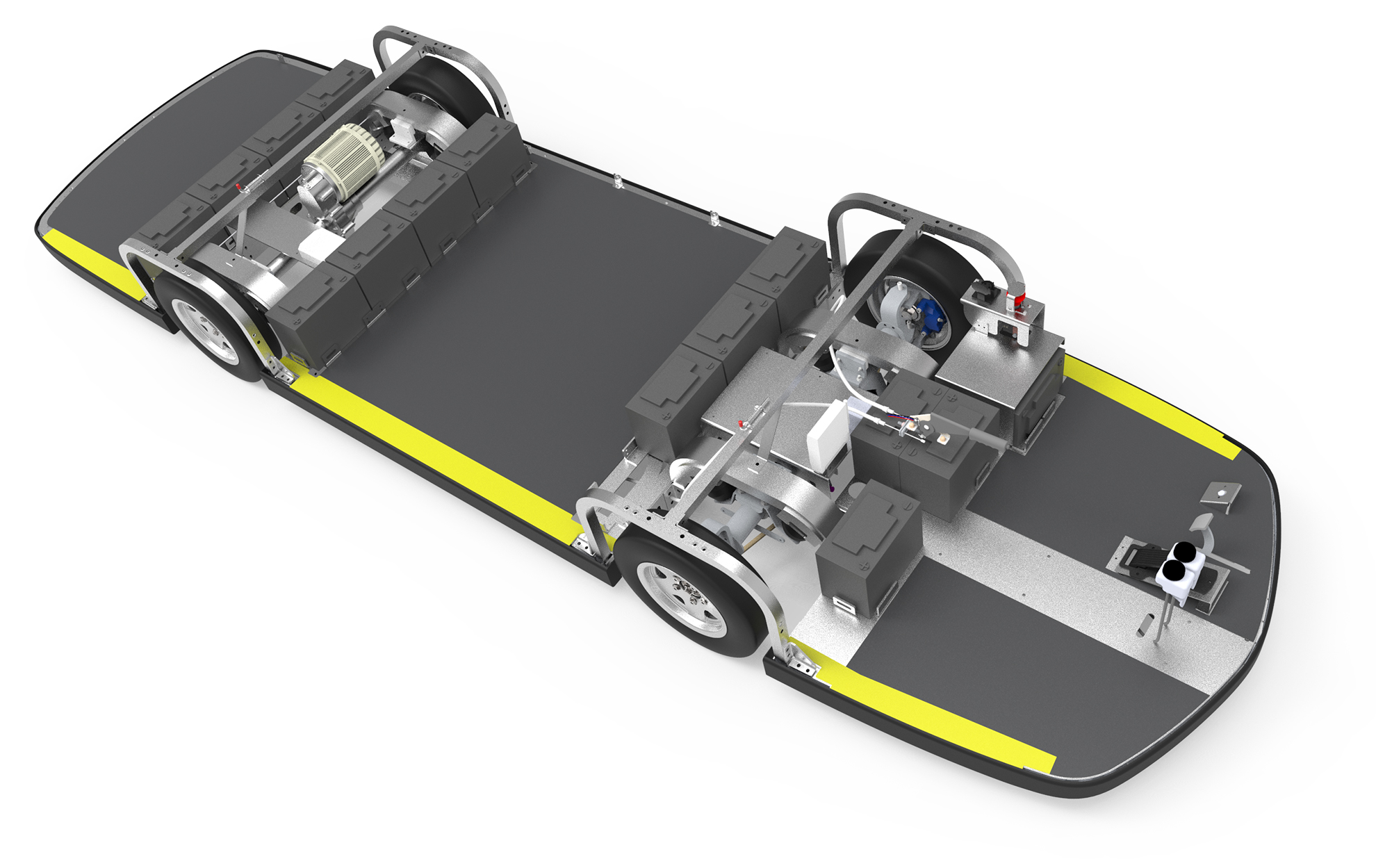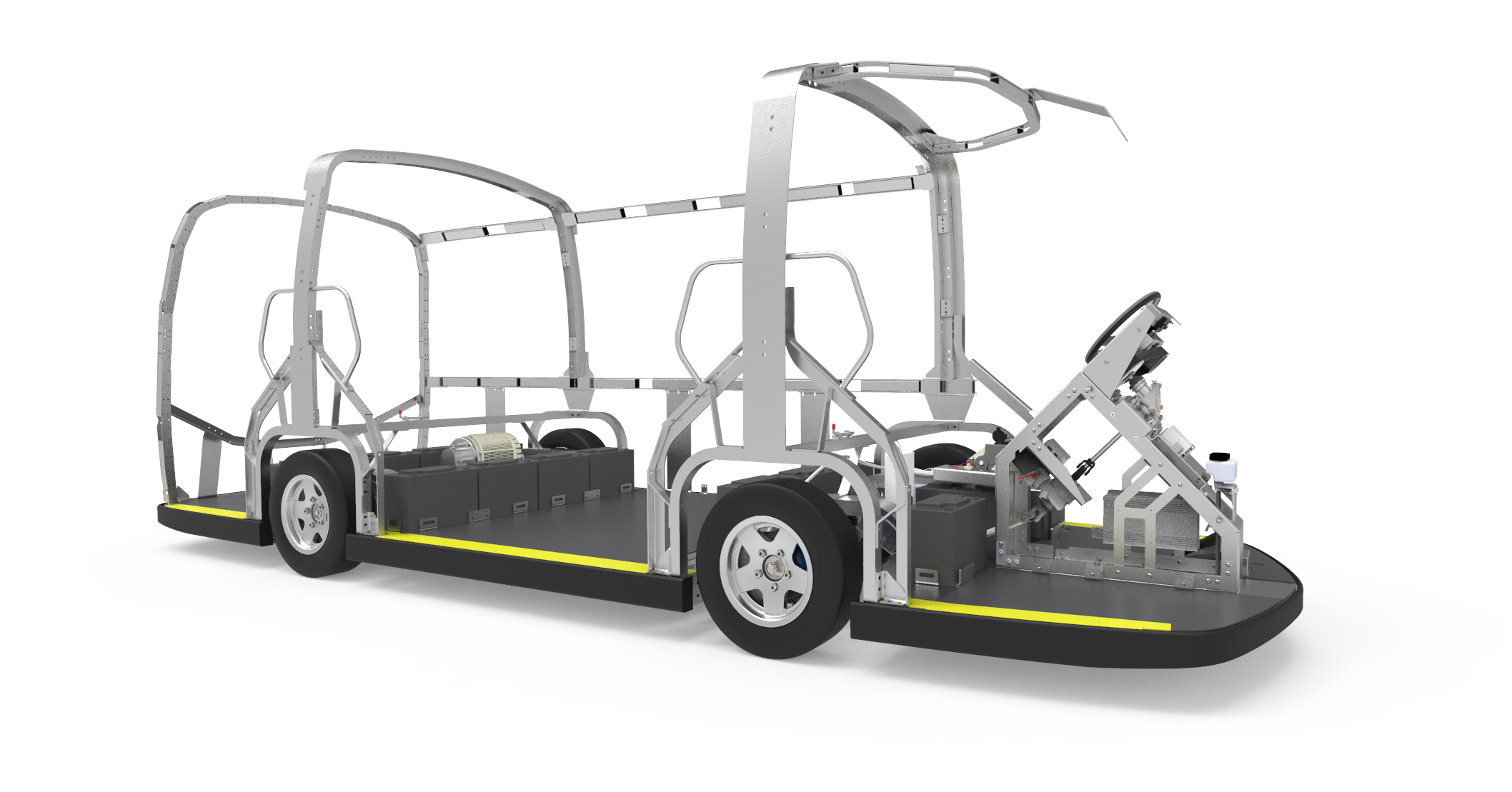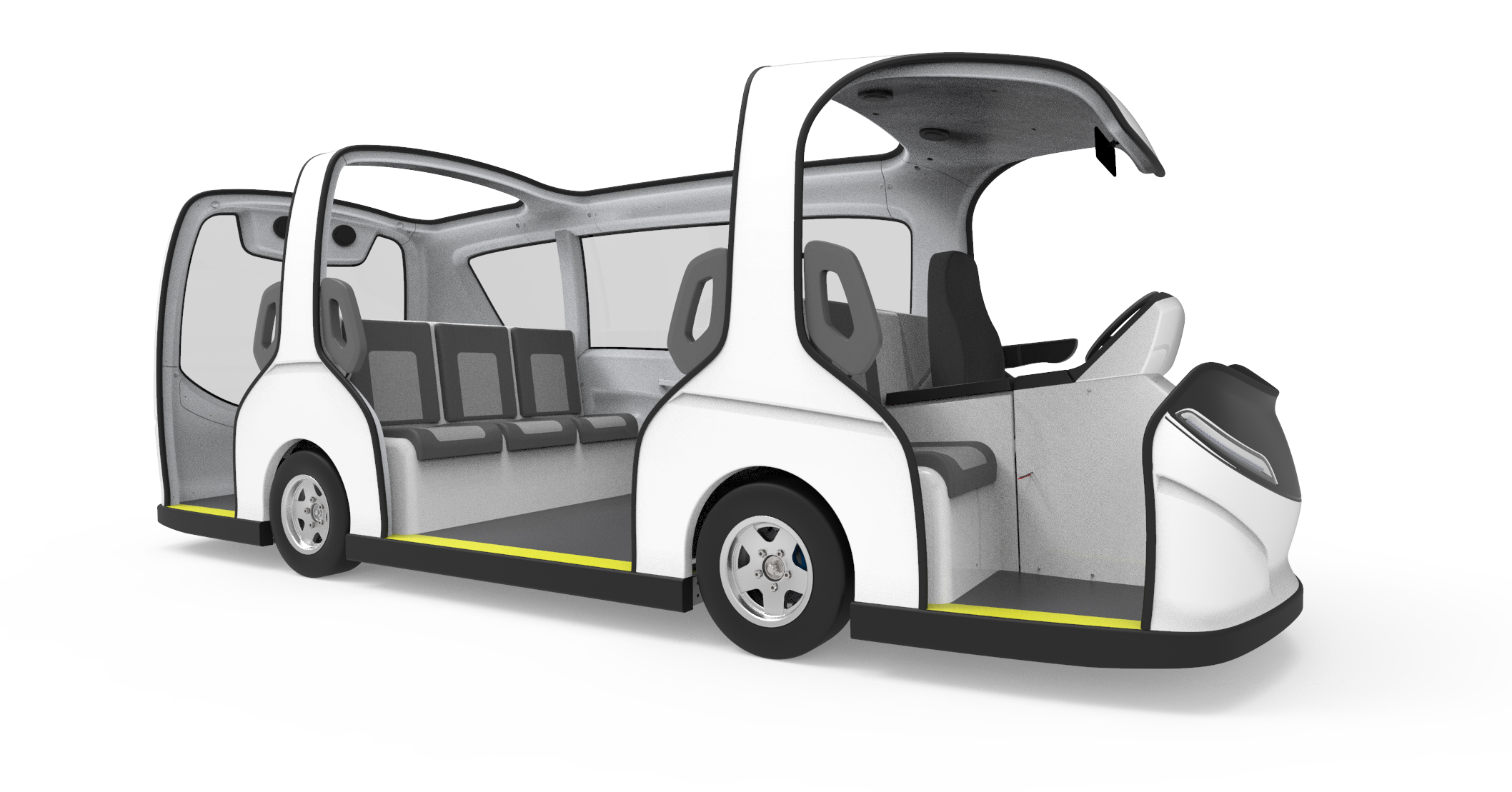ELECTRIC
SHUTTLE
Mandate
Design of an electric shuttle that can transport 10 people from one terminal to another inside the Calgary airport. The scope of the mandate mainly included the mechanical design of the vehicle, manufacturing support and commissioning of a 20 vehicles fleet.
Description
The Calgary Airport wants to procure a fleet of 20 shuttles that would be used to transport travelers from one terminal to another inside the airport, in a dedicated corridor. The client wants his vehicle to have a unique bodywork, a distinctive design, which could make it an emblem for the airport. Some dimensional requirements are very specific, so that no available commercial vehicle meets their needs.
A consortium made up of 4 Quebec companies was then established and selected by the Calgary airport to design their vehicle. The project is subdivided into 5 distinct activities: project management, design of the bodywork and interior finish, design of the vehicle’s electrical system, mechanical design and integration of electrical components, which is granted to PRECICAD and finally the assembly of the vehicles, assigned to KARGO (sister company of PRECICAD).
Sector
Ground transportation
Departments
- Mechanical Engineering
- Industrial Design
- Numerical Simulation
Partners
Client
Calgary International Airport (YYC)
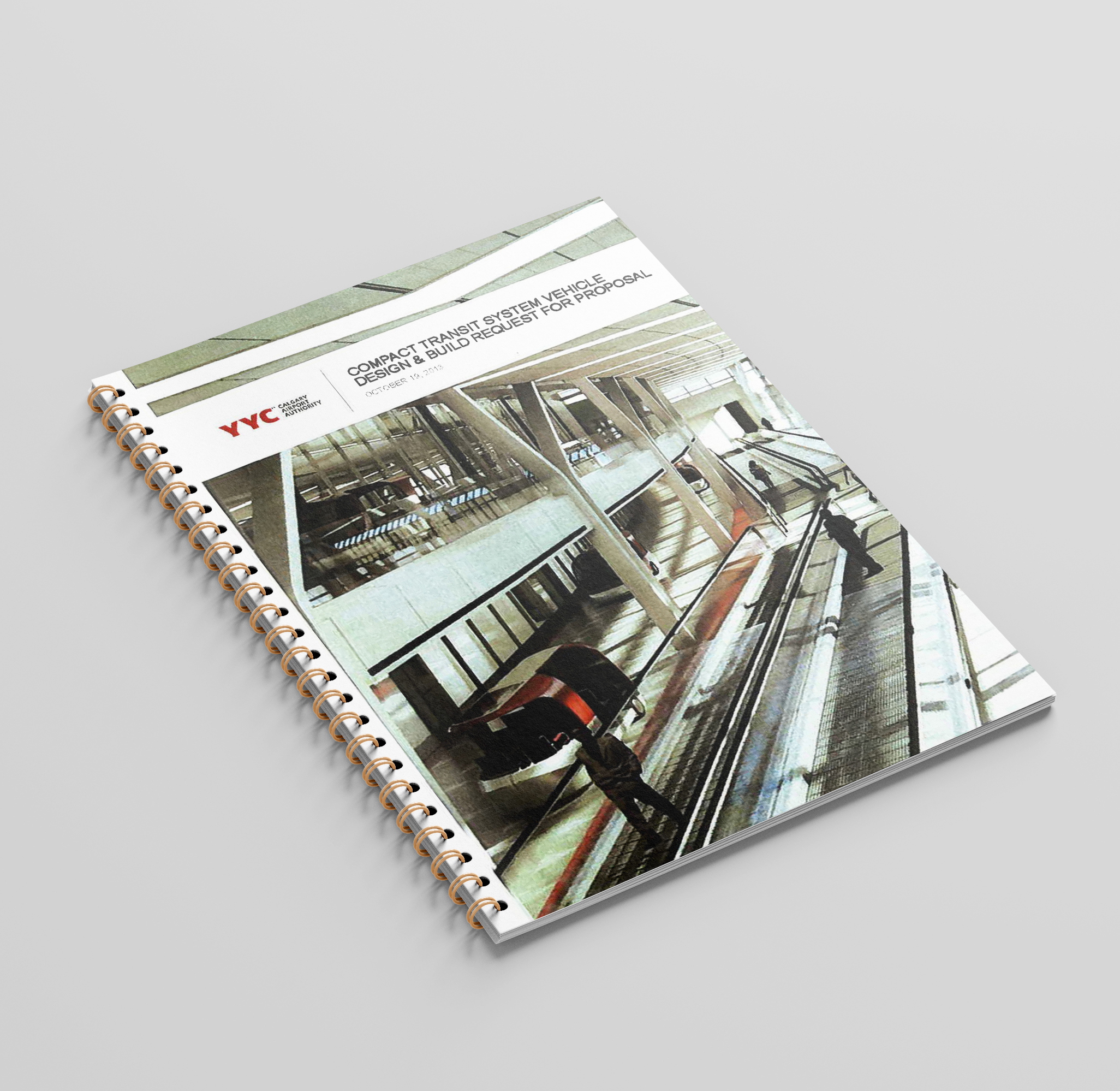
In the very first phase, specifications are drawn up by the client. The client gives all his requirements regarding the project. These mainly include :
Capacity for 10 passengers and their luggage.
Low floor to facilitate passenger access.
Wheelchair accessibility.
Turning radius of 4 meters.
Autonomy of 16 hours.
Gradeability of 8.5%.
Recharge time of up to 8 hours.
PRECICAD is working on the preliminary design in partnership with the other companies of the consortium. As a first step, the preliminary concept of the chassis is first put together. The rigid axles equipped with disc brakes are then grafted onto it. The steering system requires special attention because the driver sits in front of the steering axle. Finding certain components becomes a real challenge. In some cases, it is necessary to adapt the vehicle to the most readily available parts. Even before the manufacture of the first prototype, a numerical simulation analysis was carried out on the chassis to ensure that it met the loads that will be applied to it.
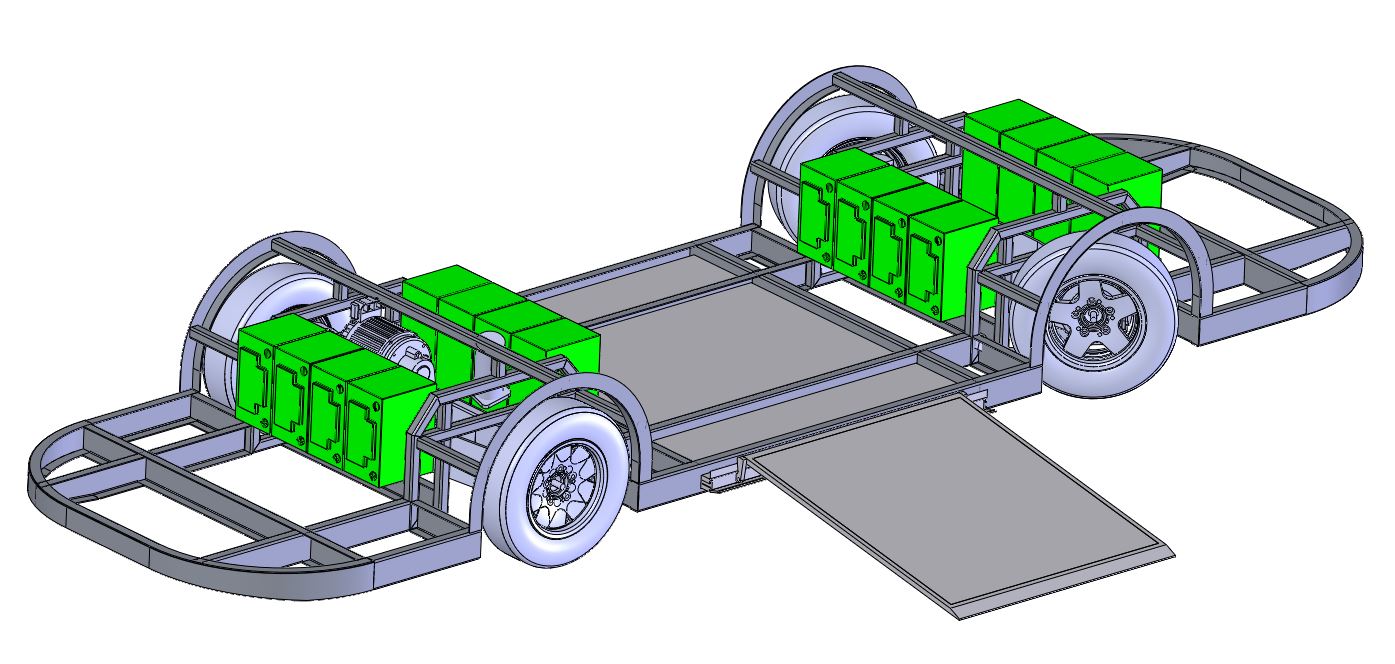
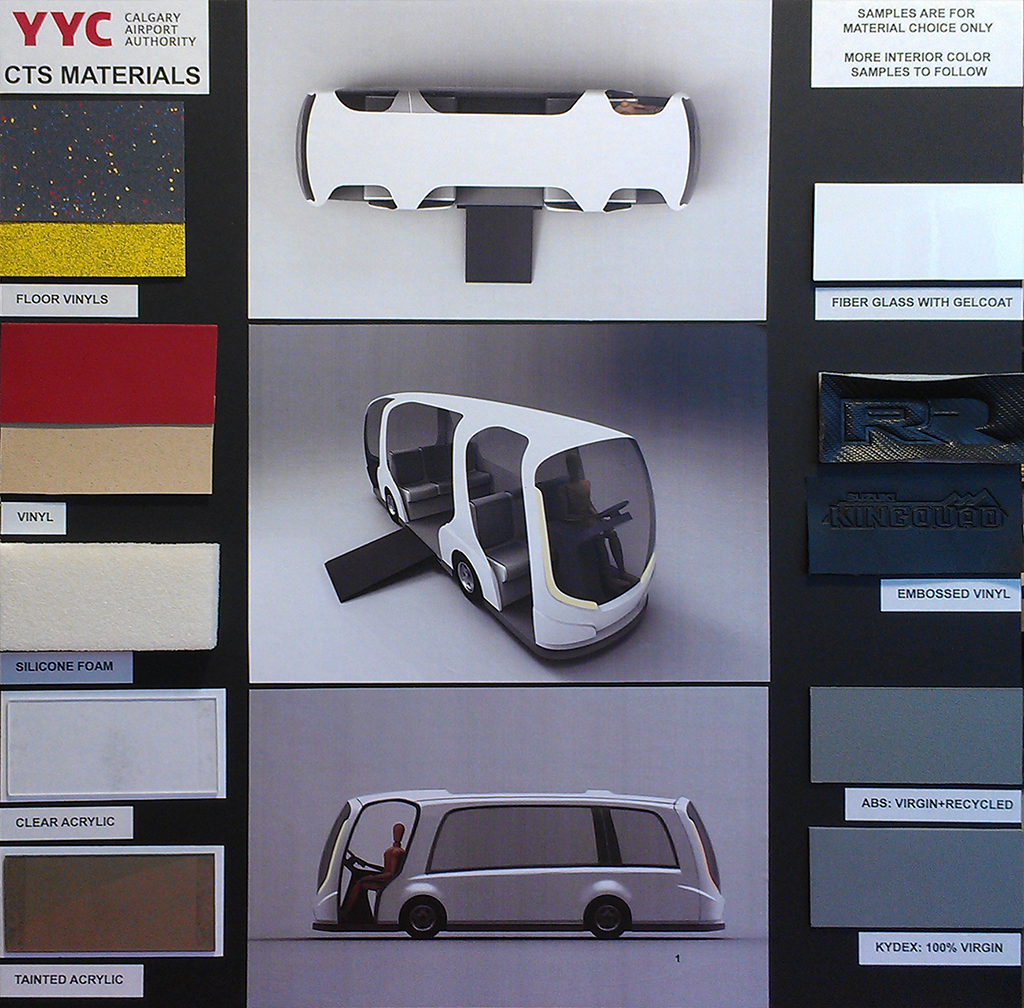 The design of the fiberglass exterior bodywork and the thermoformed plastic interior trim is then produced using the chassis structure designed by PRECICAD. A close collaboration between the designer and the mechanical design team was essential for a perfect integration between the trim, the mechanics and the electrical system. PRECICAD was also involved in researching manufacturing processes and materials for aesthetic parts to ensure their durability and an impeccable finish.
The design of the fiberglass exterior bodywork and the thermoformed plastic interior trim is then produced using the chassis structure designed by PRECICAD. A close collaboration between the designer and the mechanical design team was essential for a perfect integration between the trim, the mechanics and the electrical system. PRECICAD was also involved in researching manufacturing processes and materials for aesthetic parts to ensure their durability and an impeccable finish.
In order to validate various ergonomical aspects such as the mobility of passengers inside the shuttle with their luggage, the entry and exit of a person in a wheelchair, the comfort of passengers and the driver, a full-size mock-up was constructed. This model allowed us to confirm or perform dimensional and layout changes. This step is of the utmost importance in order to reduce the risk of error in the manufacture of the first functional prototype.
Once the preliminary concept has been approved by all stakeholders, a working prototype is assembled at the KARGO factory. During the first tests, several points need to be corrected. We also take advantage of certain observations during assembly to make mechanical optimizations and improvements to the concept.
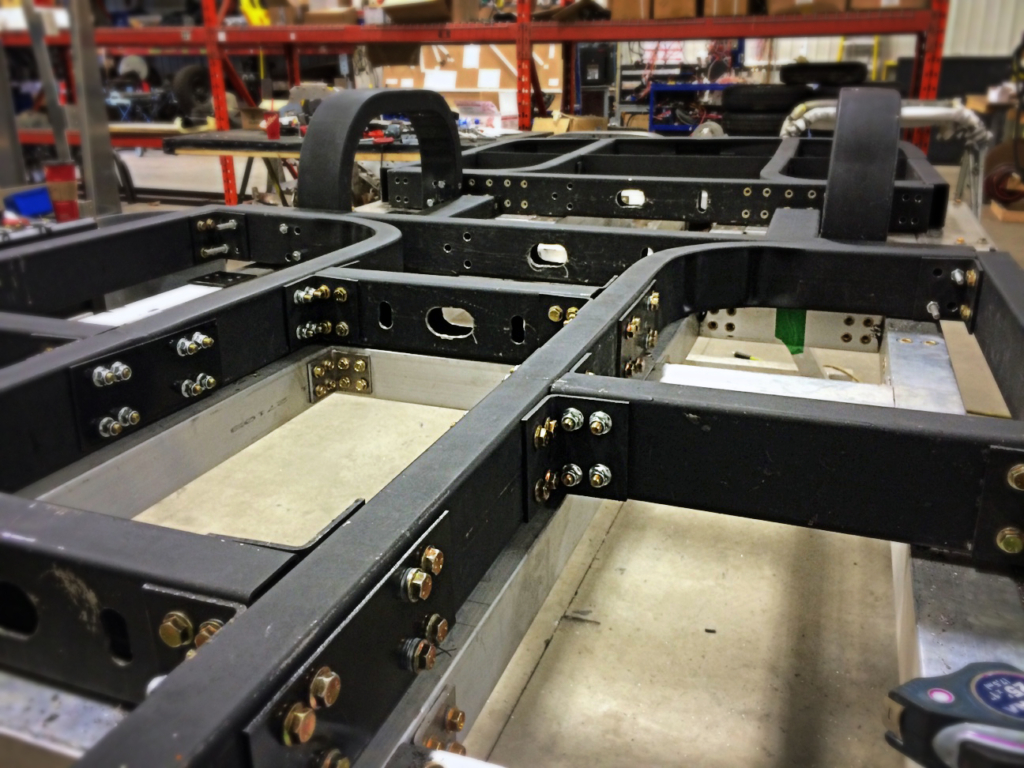
Based on the test results, a second design phase is initiated. The chassis is optimized to facilitate its manufacture and to reduce its weight. We then review several axle components in order to simplify them while maintaining the same durability. Several other details are reviewed to facilitate the production of the vehicle in series.
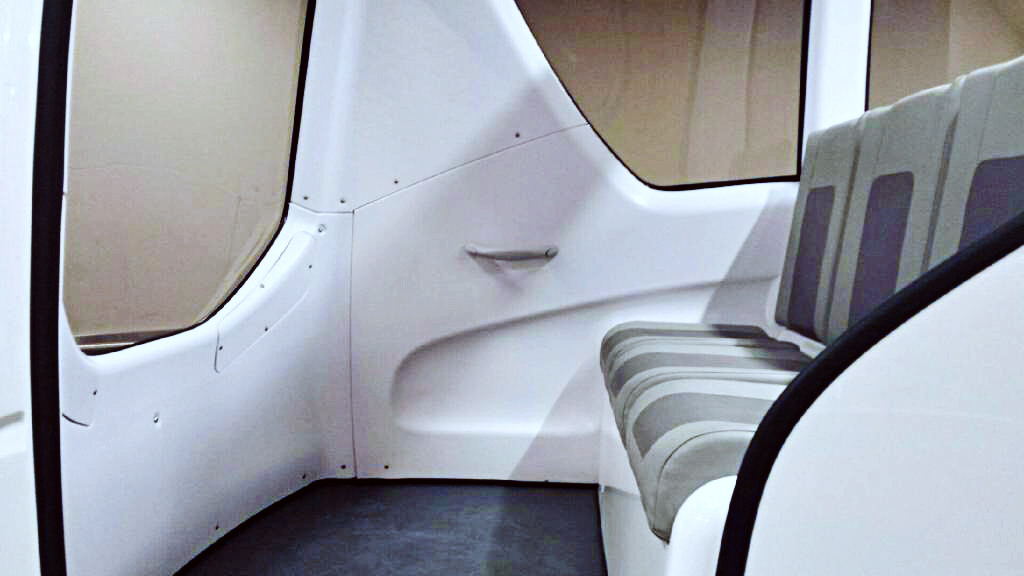
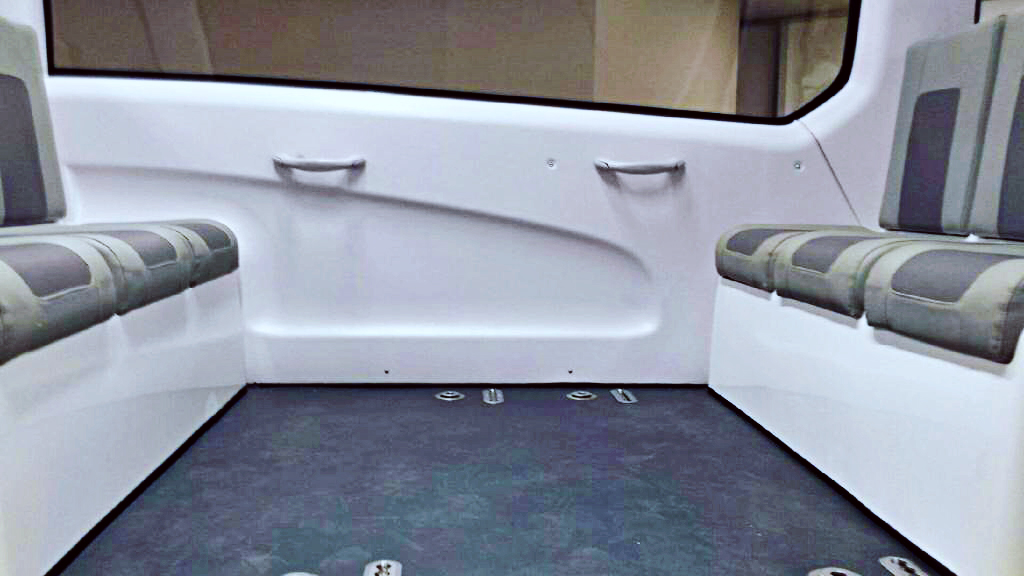

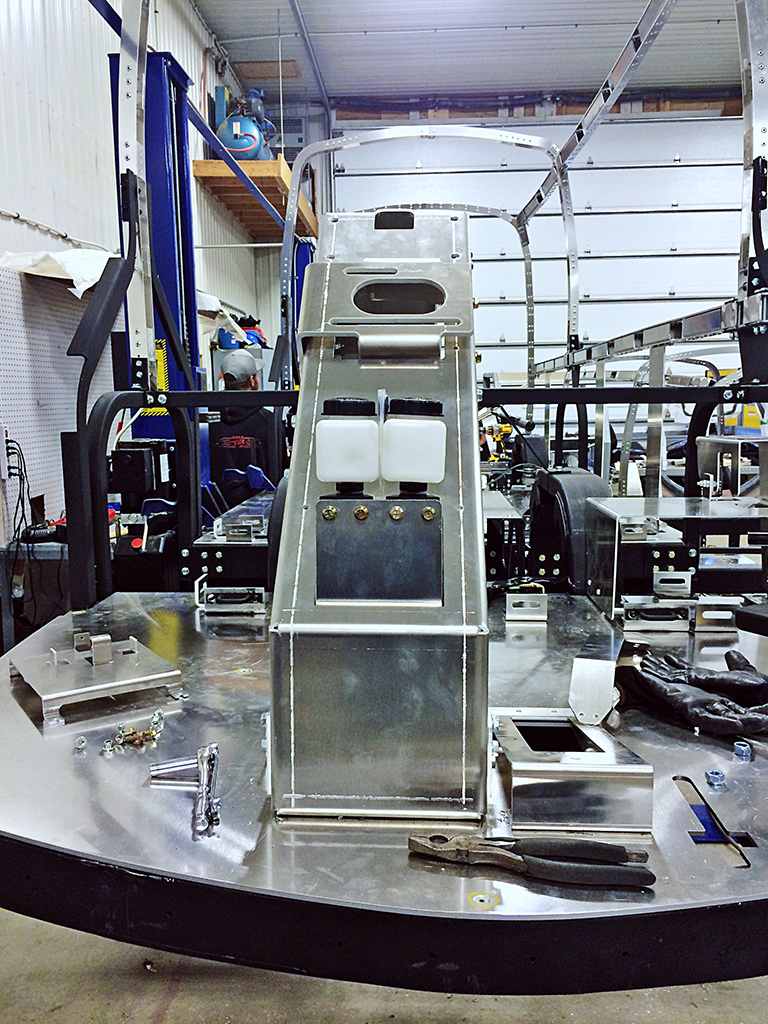
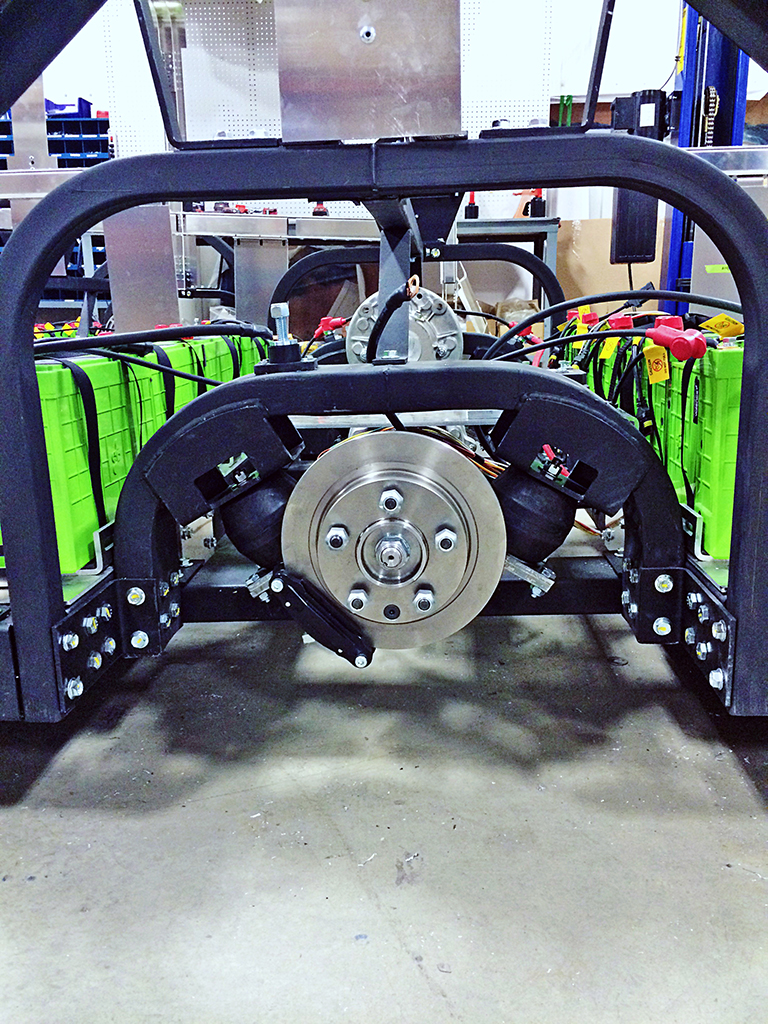
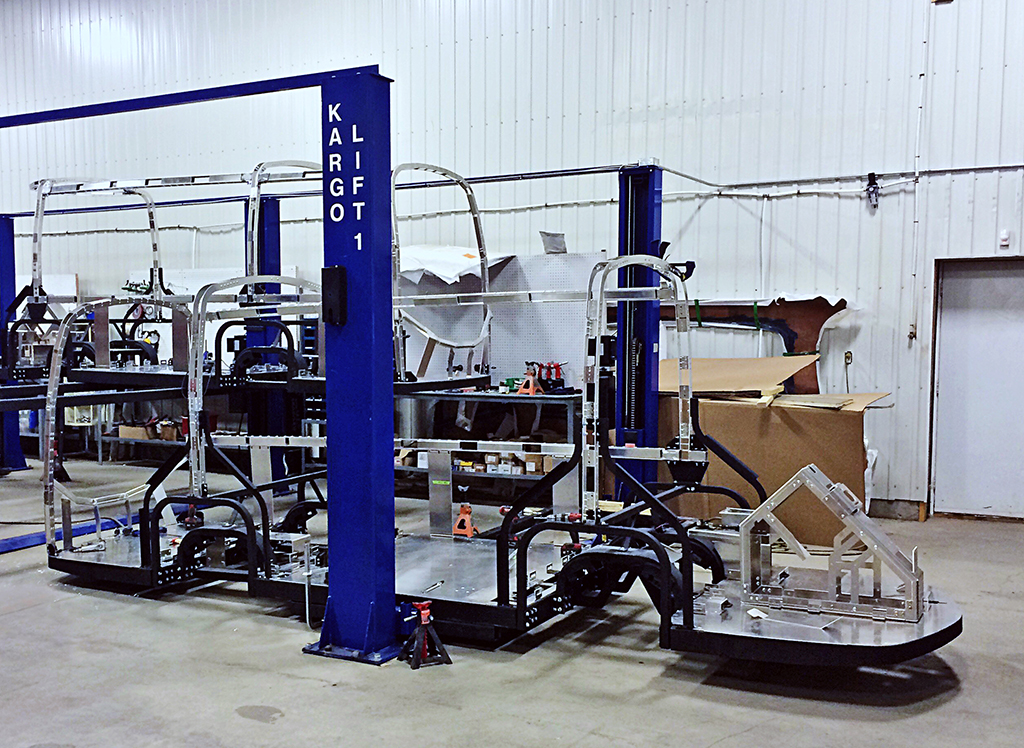
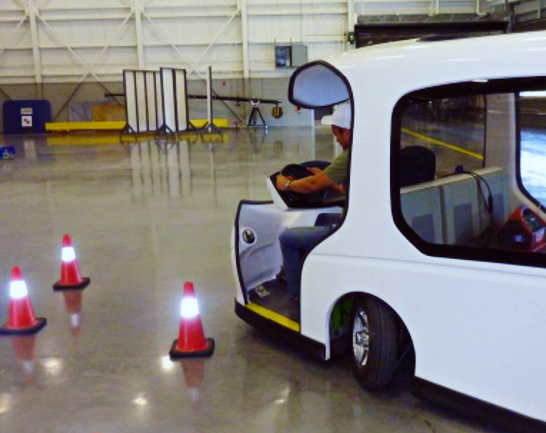
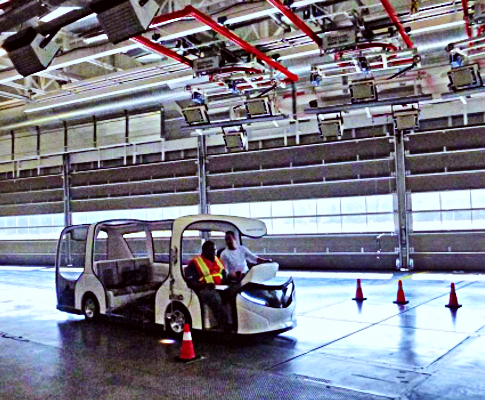
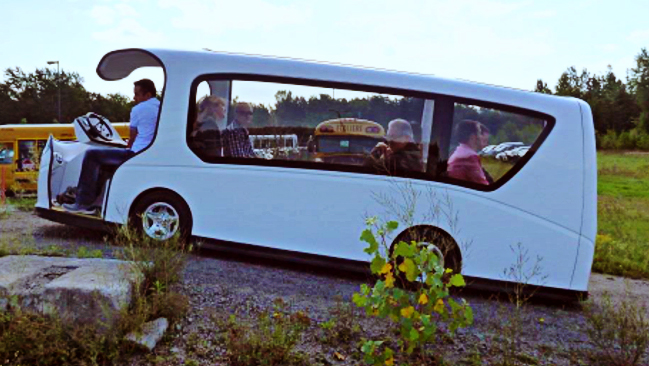
For PRECICAD, the project did not stop at delivery. PRECICAD supported the client for several years to ensure that the vehicle adequately met all the needs of the various project stakeholders. It is normal to have some unforeseen events during this phase. For example, the customer can increase the daily operating time in order to meet the demand. Or, some systems that looked good on paper may be more difficult to operate for drivers. Over time, improvements have been made such as :
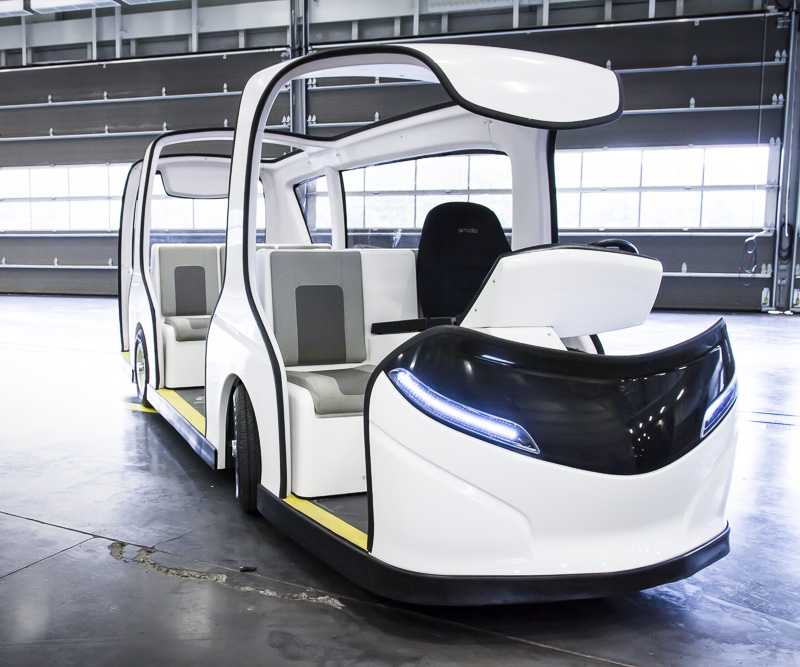
Review of the steering linkage (added an additional universal joint).
Improved LED lights.
Modification of the steering rack to increase its durability.
Revised steering geometry to minimize tire wear when cornering.
Optimization of wheel hubs.
Design of a new disc brake system to use more readily available parts
In this way, the vehicle adapts as the needs of the customer evolve. PRECICAD’s know-how made it possible to carry out these modifications with very little modification to the neighboring parts that were not included in the modifications.
In consultation with the team in charge of the electrical system, PRECICAD produced all the technical documentation: parts manual, user manual and maintenance manual. The documents were made from the SolidWorks 3D models, using 3DVia Composer, Adobe Illustrator and InDesign.
OWNER'S MANUALS
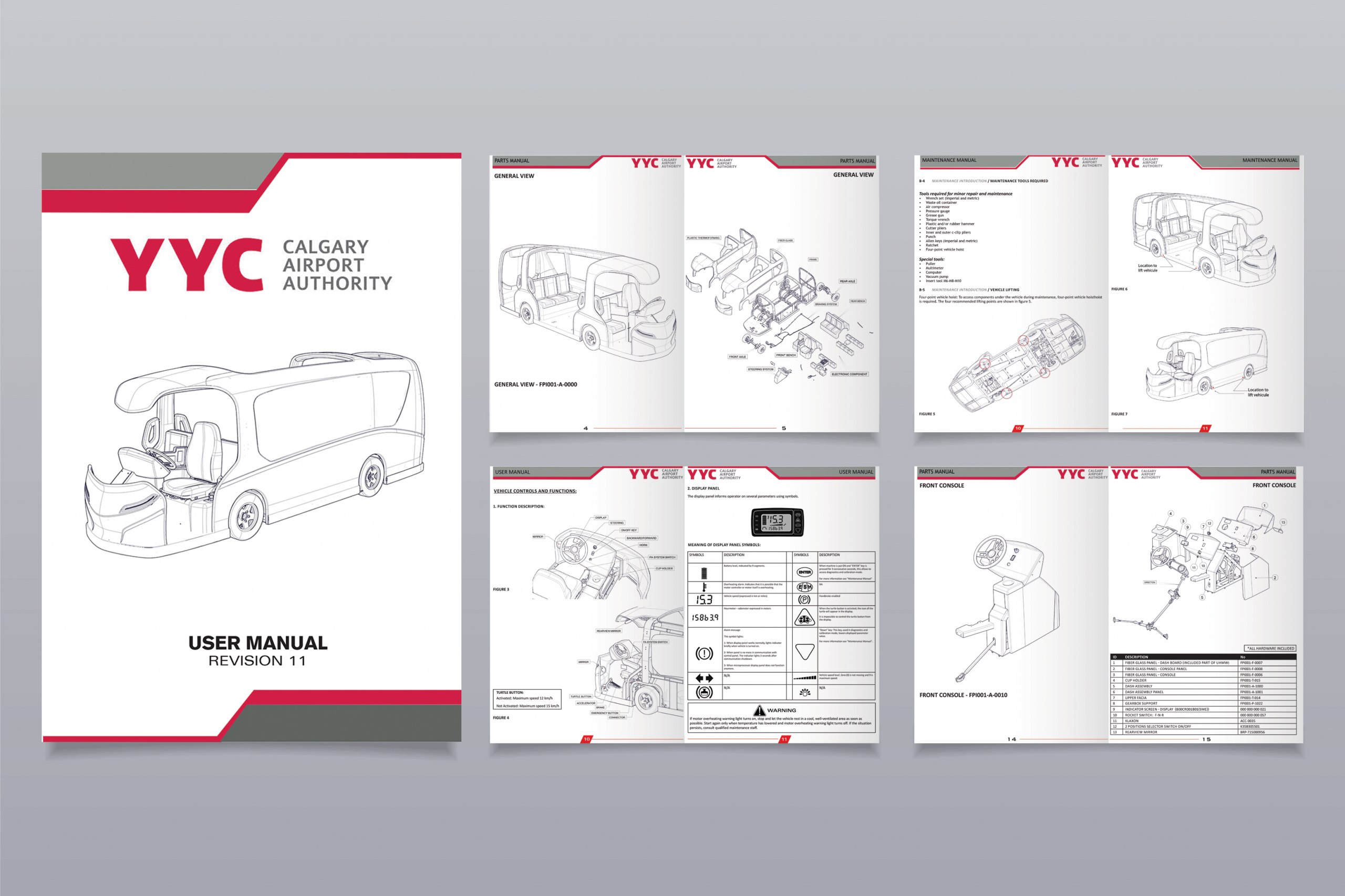
MANUEL DE PIÈCES

The YYC LINK program was recognized in 2018 as the winner in the International Airport Awards accessibility category. Launched to celebrate industry excellence, these awards were open to airports and suppliers alike and invited organisations to submit entries which showcased innovation in 11 particular categories across the airport and aviation industry.
The winners were chosen from over 80 international submissions, which went through a public vote that received more than 12,000 entries. The shortlist was then opened up to a select team of industry experts to judge the winners in each category.
